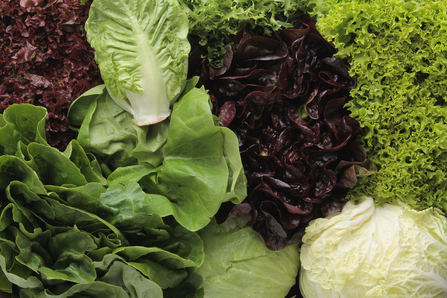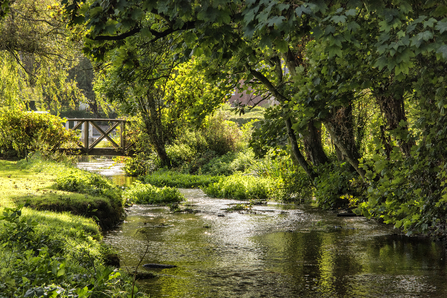As autumn approaches, waterfowl like ducks, swans, and geese are chowing down in anticipation of the colder months. Our chalk streams provide lots of nourishment, when in good condition, but if you love to feed your local birds then it's important to do so in a safe and healthy way.
When choosing what foods to offer, bread might seem like an ideal option. But did you know that the humble loaf actually does more harm than good? The same goes for things like crisps, pastries, crackers, and cereal - while a hungry duck might eat these offerings, it will be worst off in the long run.
Waterfowl don't get much nutrition from these foods, but do feel full after eating them. So full, in fact, that they neglect their natural diet of plants, snails, worms, small fish, and insects. This leads to malnourishment, a severe example of which - called 'angel wing' - deforms their wings so they are unable to fly.
The health of the birds can also suffer as a result of damage to their habitat. Since foods like bread are so filling, parts of them are often left uneaten. These scraps go mouldy, attracting pests and encouraging the growth of algal blooms that kill chalk stream plants, fish, and insects.



